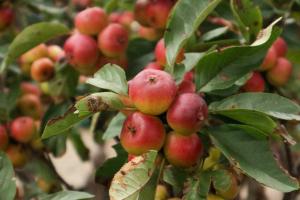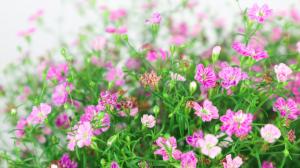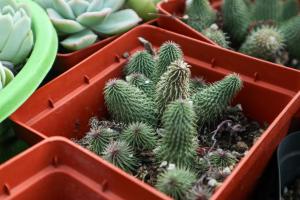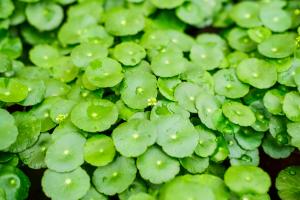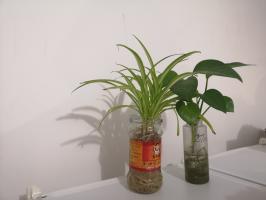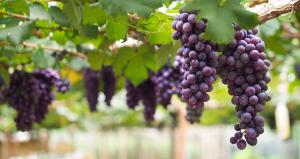1、 Curing method
1. Temperature: between 15 and 30 degrees are more appropriate. Because of its good adaptability to temperature, it does not need to be specially adjusted in winter and summer in many areas, except in areas with very extreme climate
2. Illumination: it does not require too much sunshine. A little astigmatism can meet its requirements. Although the requirements are not high, it should not be too dark when it grows and blooms. It should be placed in a place with good astigmatism. The strong light at noon and the light in summer need to be obscured

3. Watering: spring to autumn is its growing season. It needs more water and should be kept moist. In addition, in summer, when the evaporation is the most, it is necessary to supplement sufficient water. In addition to watering at ordinary times, spray some water around it. In winter, it is OK to ensure that the matrix is not completely dry
4. Fertilization: in spring, some long-term fertilizer can be used. During flowering, the application should be suspended. In September, you can use some organic fertilizer. Before winter, using an appropriate amount of fertilizer can also help them survive the winter

2、 Breeding skills
1. Propagation: cutting can be used, which is a way of asexual propagation. There are few restrictions on time selection, which can be carried out as long as the temperature is appropriate. Select the healthy branches that are born in the current year, and the length shall be controlled within 8 cm to 15 cm. If it is inappropriate, it shall be trimmed. When inserting it into the matrix, pay attention to the depth. After insertion, shading is a very important step
2. Pruning: pruning can be concentrated after flowering. In addition to cutting off the residual flowers, we also need to pay attention to some small, thin, crossed and overlapping branches. Leave the strong and young branches. In addition, in order to make it look more beautiful, its shape needs to be repaired

3、 Diagnosis and treatment problems
1. Disease: the most common one is "anthrax", which occurs frequently in summer and autumn. While endangering leaves, it may also threaten flowering. Timely spraying is required, such as chlorothalonil
2. Insect pests: there are "Starscream" and "scale insect", which can be treated with insecticide in time

4、 Other issues
1. Toxicity: Rosa Emei is non-toxic. The statement about its toxicity is groundless
2. It can be kept at home and can be used to purify the environment

 jackfruit
jackfruit snake plant
snake plant hibiscus
hibiscus hydrangea
hydrangea lavender
lavender Green roses climb al...
Green roses climb al... If you don't pay att...
If you don't pay att... Management of four g...
Management of four g...